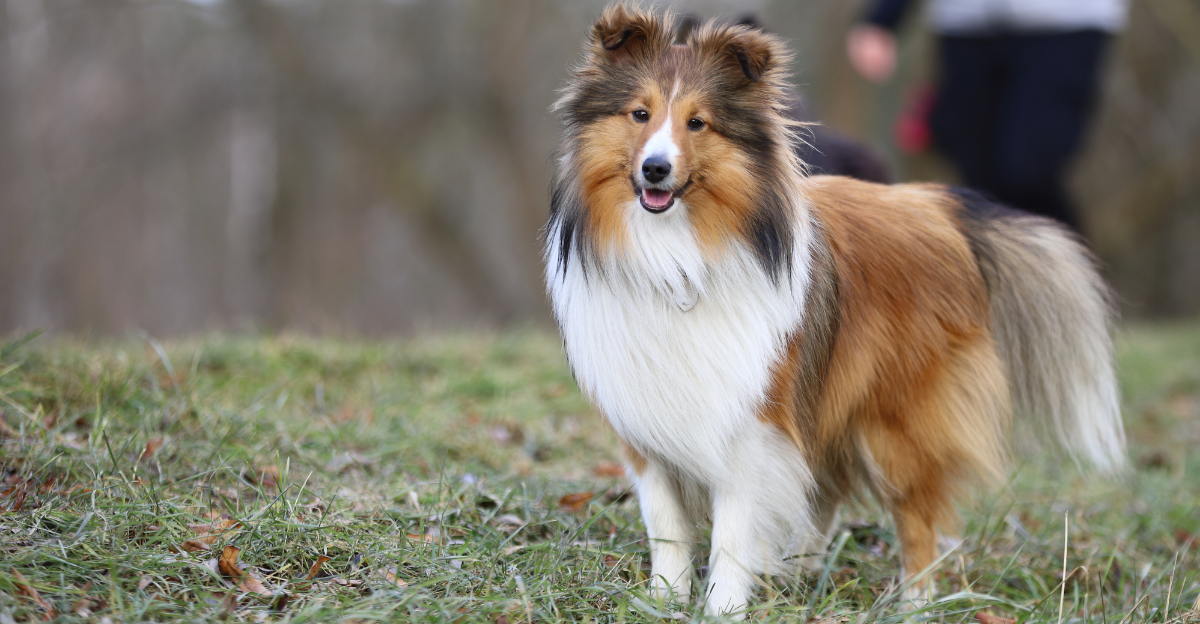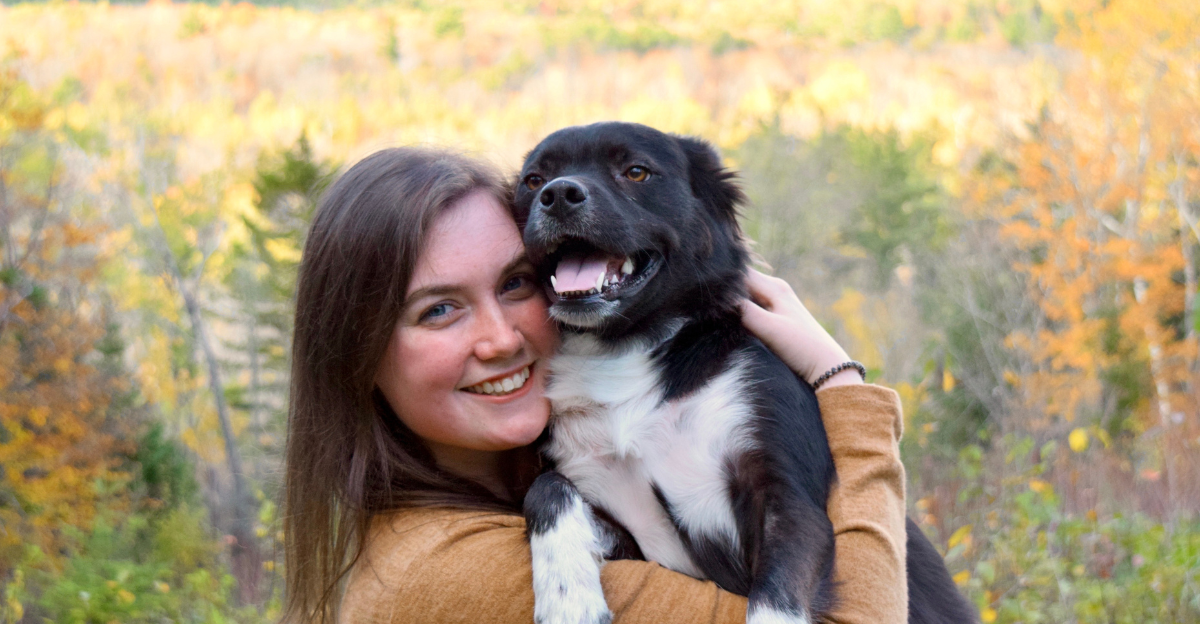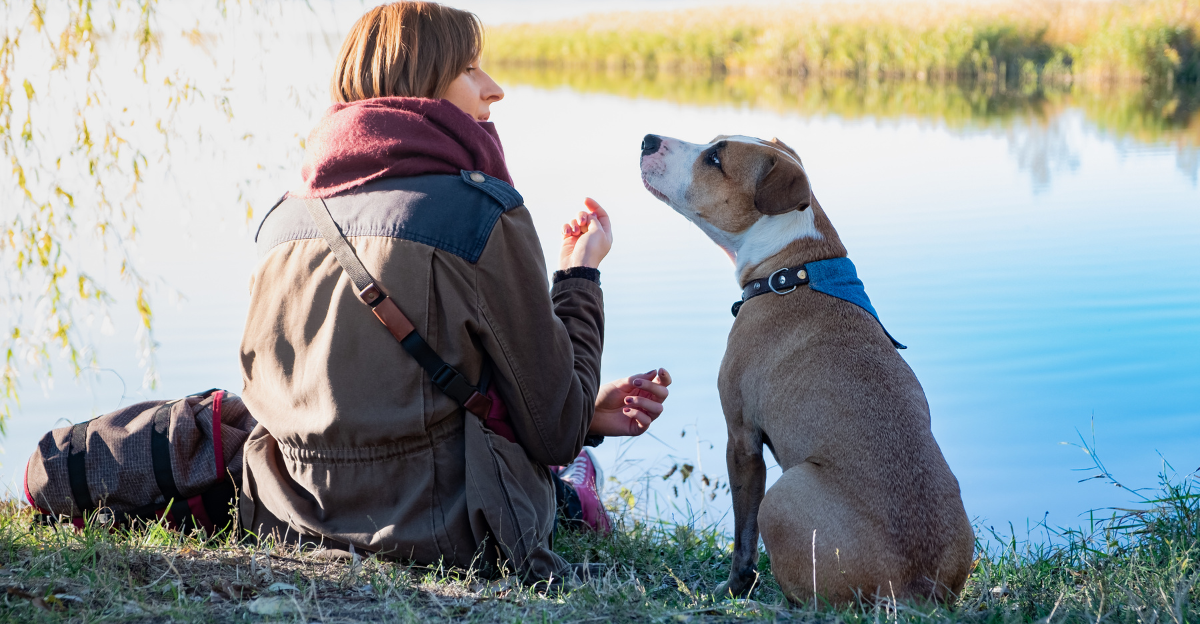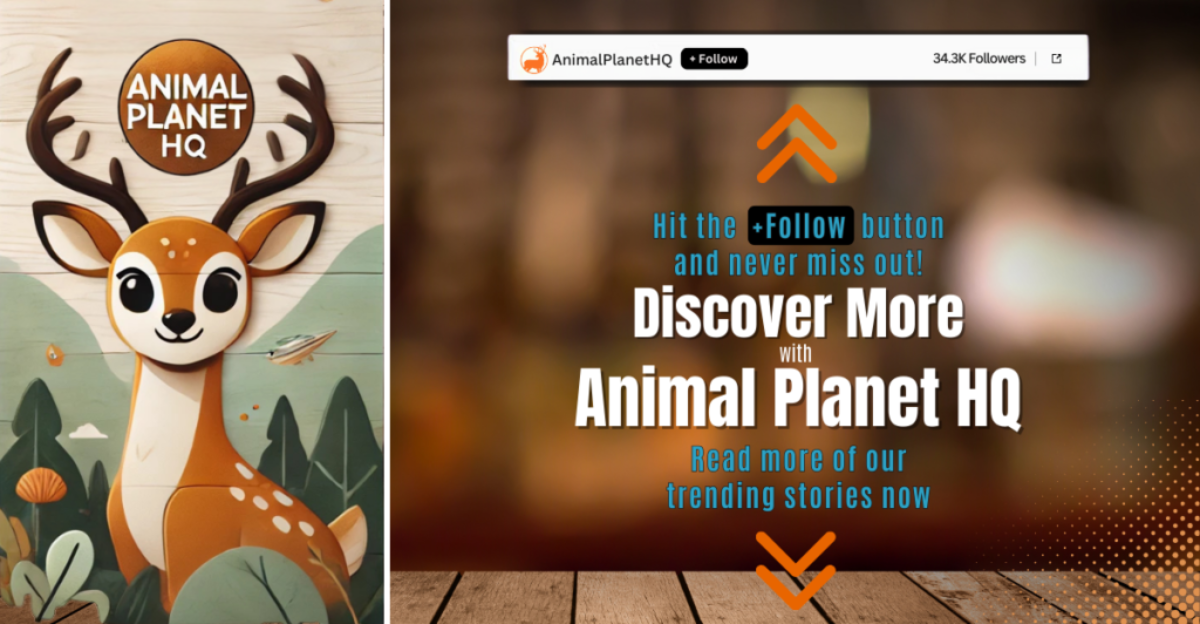
It’s no secret that dogs are often seen as “man’s best friend,” but the connection runs deeper than most people realize. Scientific research has shown that dogs not only look like their owners but often share similar personality traits, too.
This phenomenon isn’t just coincidence—it’s rooted in psychology. Studies suggest that people tend to select dogs that resemble them both physically and emotionally. For instance, researchers at the University of California discovered that judges could correctly match purebred dogs with their owners based on photos alone.
Over time, dogs even sync their stress levels with their owners. This extraordinary bond creates an unspoken understanding, where dogs truly mirror their human companions in remarkable ways. Here’s a closer look at some of the breeds where this remarkable mirroring is most evident.
1. Border Collies

Border Collies stand out for their ability to reflect their owners’ personalities. Research published in the Journal of Research in Personality demonstrates that these intelligent dogs not only bond deeply with their owners but mirror their emotional and social traits.
A study tracking Border Collies from 6 to 24 months revealed that the dogs consistently mirrored their owners’ personalities. For example, Border Collies with more extroverted owners displayed more outgoing behaviors. This unique synchronization is rooted in the dogs’ remarkable emotional intelligence.
With their ability to perceive subtle emotional cues, Border Collies truly adapt to their owner’s personality, creating a strong, symbiotic relationship built on mutual understanding and empathy.
2. Labradors

Labradors are known for their affectionate nature, but their bond with owners goes beyond emotional connection. A groundbreaking study published in Nature found that these dogs’ stress hormone levels align with their owners’ stress levels.
This “emotional contagion” effect reveals how deeply Labradors connect with their human companions. The study showed that the bond between Labradors and owners transforms over time, with rescued dogs becoming more confident in stable environments. Remarkably, this synchronization of stress hormones isn’t just one-way.
Positive reinforcement from owners can calm Labradors, making them more sociable and emotionally attuned. Labradors not only share physical resemblances with their owners but reflect their emotional states, creating a deep, physiological bond.
3. Shetland Sheepdogs

Shetland Sheepdogs offer another fascinating example of dogs who mirror their owners’ emotional states. A study in Scientific Reports found that the cortisol levels of Shelties (a long-term stress marker) were directly correlated with their owners’ stress levels, regardless of the dogs’ activity.
This suggests that Shelties don’t merely bond emotionally with their owners—they biologically synchronize with them. Additionally, the breed’s social behaviors are shaped by their owners’ personalities. For example, dogs of more neurotic owners tended to display higher vigilance.
This extraordinary connection means that Shetland Sheepdogs don’t just mimic their owners in behavior—they reflect their emotional states on a biological level, highlighting the deep empathic bond between the two.
4. Service Dogs

Service dogs, especially those trained to assist with PTSD, provide a powerful example of how deep the human-animal connection can go. A 2024 clinical trial found that veterans with service dogs exhibited improved cortisol awakening response (CAR), a key indicator of stress regulation.
This synchronization allows the dogs to sense changes in their owners’ emotional states before the veterans themselves are aware. By fostering positive reinforcement, veterans create stronger, more balanced bonds with their dogs, which in turn results in better-adjusted service animals.
These dogs don’t just offer support—they become physiological extensions of their handlers, highlighting how the human-animal bond can regulate emotions and stress in powerful, life-changing ways.
Purebreds vs. Mixed Breeds: The Striking Resemblance

A fascinating study from the University of California revealed a surprising truth about the dog-owner resemblance phenomenon: it predominantly applies to purebred dogs. The research showed that judges were much more likely to match purebred dogs with their owners based on photographs than with mixed-breed dogs.
This suggests that people consciously choose dogs that resemble them, rather than developing a likeness over time. Psychologists believe that when people select purebred dogs, they are unconsciously seeking out familiar features that mirror their own, reinforcing the bond.
The striking physical similarities between owners and their purebred dogs are not just a coincidence—they are the result of a subconscious selection process.
The Family Dynamic: Dogs’ Preferred Person

Dogs often form particularly strong bonds with one family member, and it’s not always the person who feeds them. Research has shown that dogs tend to gravitate toward the individual who takes them on walks or engages in multiple care activities.
A 2019 study found that Border Collies, living with multiple family members, showed preferential attachment to the person who primarily cared for them. This dynamic mirrors human family relationships, where individuals form different types of bonds.
Interestingly, the person who walks the dog most frequently seems to be the one the dog identifies with as its primary caregiver. This preference highlights dogs’ ability to understand and select social roles within a family.
Personality Matching: Dogs Reflect Their Owners’ Traits

The bond between dogs and owners is even deeper than most realize, with dogs mirroring their owners’ personality traits. Research has demonstrated that dogs and their owners often synchronize their personalities, especially in traits like neuroticism, extraversion, and openness.
This synchronization occurs through both initial selection and ongoing influence. For instance, outgoing owners tend to have dogs who display more extroverted behaviors. Similarly, neurotic owners are paired with dogs that show higher vigilance and attachment behaviors.
The strong correlation between owners’ personalities and their dogs’ behaviors suggests that we instinctively choose dogs that mirror our psychological traits, creating a harmonious connection that strengthens over time.
The Physical Resemblance: Psychology Behind the Attraction

Dogs and their owners often look alike, and it turns out this is more than just a charming coincidence. Research has uncovered that people tend to choose dogs that share physical characteristics with them.
For example, women with long hair are drawn to dogs with floppy ears, while those with short hair often prefer dogs with prick ears. Cognitive scientist Art Markman explains that our attraction to familiar traits plays a crucial role in this phenomenon.
“When you have those overall feelings…one of the things that drives that feeling that something is desirable, is that it has some familiarity to it,” he says. This psychological connection explains why people are instinctively drawn to dogs that feel like a mirror image of themselves.
Training Methods and Bonding: Shaping the Connection

Training methods play a significant role in shaping how dogs mirror their owners’ behavior and emotions. A study of veterans with PTSD service dogs revealed that the choice of training techniques directly influenced the depth of the human-animal bond.
Veterans who used positive reinforcement saw stronger connections with their dogs, who exhibited greater attachment behaviors and playfulness. Conversely, veterans using punishment-based methods reported less emotional connection with their dogs. This bidirectional relationship demonstrates how the way owners interact with their dogs affects the dogs’ behavior and emotional state.
Dogs trained with respect and mutual understanding form the deepest bonds, mirroring their owners both emotionally and physically in the process.
Explore more of our trending stories and hit Follow to keep them coming to your feed!

Don’t miss out on more stories like this! Hit the Follow button at the top of this article to stay updated with the latest news. Share your thoughts in the comments—we’d love to hear from you!







